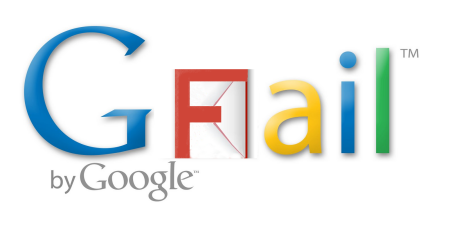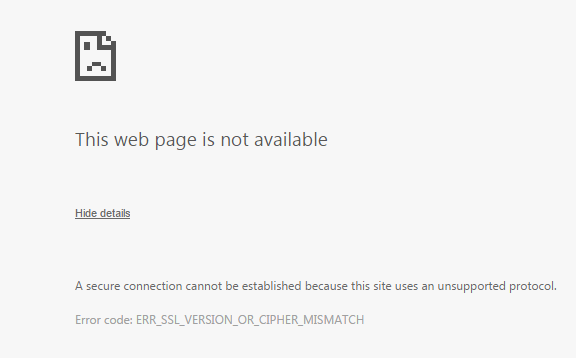
Well it looks like Amazon has only paid £1.3M UK tax, based on turnover of £Sqillions. Much wringing of hands and cries of “Something should be done!”. The same goes for Google, Starbucks or any other international company doing well in the UK. But nothing is being done to solve the problem, and for various reasons depending on your economic policy outlook.
First off, it’s not true to say Amazon pays very little tax in the UK. It pays VAT and PAYE. Lots of it. What it doesn’t pay much of is Corporation Tax, which is the tax on profits. And if you were an international company, you wouldn’t either. For international companies, corporation tax is, for practical purposes, optional. Companies may opt to pay as much or as little as suits their purpose.
If this is news to you, it works like this: Take Starbucks, for example. They managed to make very little profit in the UK. Because of this they were paying little or no corporation tax, which may seem odd when considering their ubiquitous presence in the high street. The reason was simple: Starbucks in the UK bought its coffee from its Dutch operation and the price was so high it wiped out the profits here. In Holland they were minting it, selling coffee to the UK, but the Dutch government took a liberal view on how much tax it should pay on these profits. Basically they were allowing Starbucks to pay a cut of what should have been UK corporation tax, and trouser the rest.
If Starbucks can do this simply by finding a foreign government prepared to sell out for a share of the profits, how easy is it for a Internet company with no physical product?
Basically, corporation tax would be a farce, were it not so serious. The problem is that it’s still paid in full by our local companies, putting them at an obvious disadvantage to foreign competition. It does more damage than good.
There are two solutions:
The left-wing idea is to make more new law against tax dodging. Somehow. And if international companies don’t like it, they can take their jobs, investment, VAT payments, PAYE payments and business rates and go somewhere else (e.g. Ireland). They’ll be gutted.
Back in the real world, if you have an unenforceable tax that damages local companies the smart thing to do is abandon it. But there is a problem with this – how do you make up the revenue you’re currently collecting from UK businesses (those that remain)? The obvious answer, and one the Conservatives won’t stomach, is to raise personal income tax. This isn’t actually a problem, because foreign companies will just have to cover it to keep take-home incomes stable (or lose staff) and local companies can afford to give everyone a pay rise out of the money that would have gone in corporation tax. Levelling the playing field won’t be painless in the short term, but this no reason to avoid it.
So Labour has a busted ideological plan and the Conservatives would be annihilated if they raised taxes. Something needs to break the deadlock, because newspapers naming and shaming global companies that are simply playing by the rules we gave them is no answer. Labour banging on about alleged “tax cuts for the rich” isn’t going to help. Neither will Conservative pledges not to raise any taxes. It’s not a question of raising or reducing taxes, it’s a question of balancing them properly.
Meanwhile the Irish government is laughing at us, all the way to the bank.




